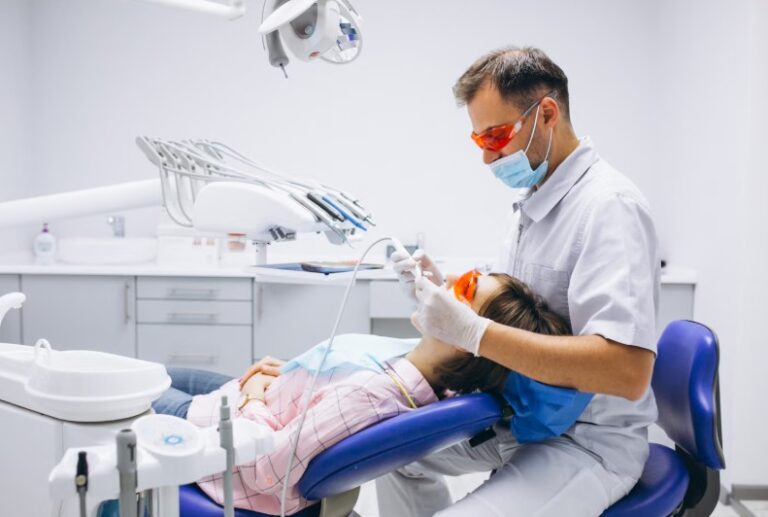
When an unexpected injury or illness arises, deciding where to seek medical attention can be a challenge. While some injuries may require emergency room (ER) care, others are better suited for urgent care clinics. Understanding the difference and recognizing when urgent care is the right option can help you receive prompt and effective treatment without unnecessary delays or costs.
How to Know You Need Medical Care
Determining whether an injury or illness requires immediate medical attention can be tricky in an emergency. Signs like severe or worsening symptoms, persistent pain, or an inability to perform daily activities indicate you should seek medical care promptly. Not every issue requires a trip to the ER. Here’s how to know when to visit the ER versus an urgent care:
When Should You Visit an Emergency Room?
Symptoms like chest pain, difficulty breathing, severe head injury, uncontrolled bleeding, or signs of stroke are severe medical issues. Emergency rooms are equipped to handle life-threatening conditions and traumatic injuries. These situations often require specialized equipment and care only available in hospitals.
When Is Urgent Care the Right Choice?
Urgent centers are ideal for handling non-life-threatening injuries and illnesses that require prompt attention, particularly if your primary care provider is unavailable. These clinics bridge the gap between routine doctor visits and emergency room care. Urgent centers treat mild conditions and minor injuries and offer a convenient alternative for many medical concerns.
How Urgent Care Clinics Can Help You
These clinics are designed with accessibility and efficiency in mind, providing quality care for many medical situations. You can benefit from shorter wait times and a more cost-effective solution than ER visits by choosing urgent care. One significant advantage of an urgent center is the ability to provide treatment without an appointment. Many are open during extended hours, including evenings and weekends, making it easier to access care when unexpected injuries or illnesses strike.
The costs associated with an urgent center visit are typically lower than those of an ER visit, reflecting the level of care and resources required for non-life-threatening conditions. Urgent centers are staffed by qualified medical professionals capable of diagnosing and treating various conditions. Most facilities have on-site imaging, such as X-rays, and laboratory services to diagnose issues like fractures, infections, or illnesses quickly.
Treating Conditions and Injuries
These care services are designed to address immediate medical needs efficiently, helping you recover. Urgent clinics can handle a variety of health concerns, including but not limited to:
- Minor injuries such as cuts, scrapes, and sprains
- Mild to moderate infections, including ear infections, strep throat, or urinary tract infections (UTIs)
- Seasonal illnesses like colds and the flu
- Skin conditions, such as rashes or bug bites
- Routine vaccinations
- Diagnostic services, including basic blood work and X-rays
Also Read: The Role of Orthopedic Urgent Care in Workplace Injury Management
Visit An Urgent Care Center
Urgent clinics offer a practical solution for individuals seeking immediate attention for non-life-threatening injuries and illnesses. By understanding the situations they are best suited for, you can save time, money, and stress while receiving the necessary care. Visit your local urgent center next time you need immediate medical care.






